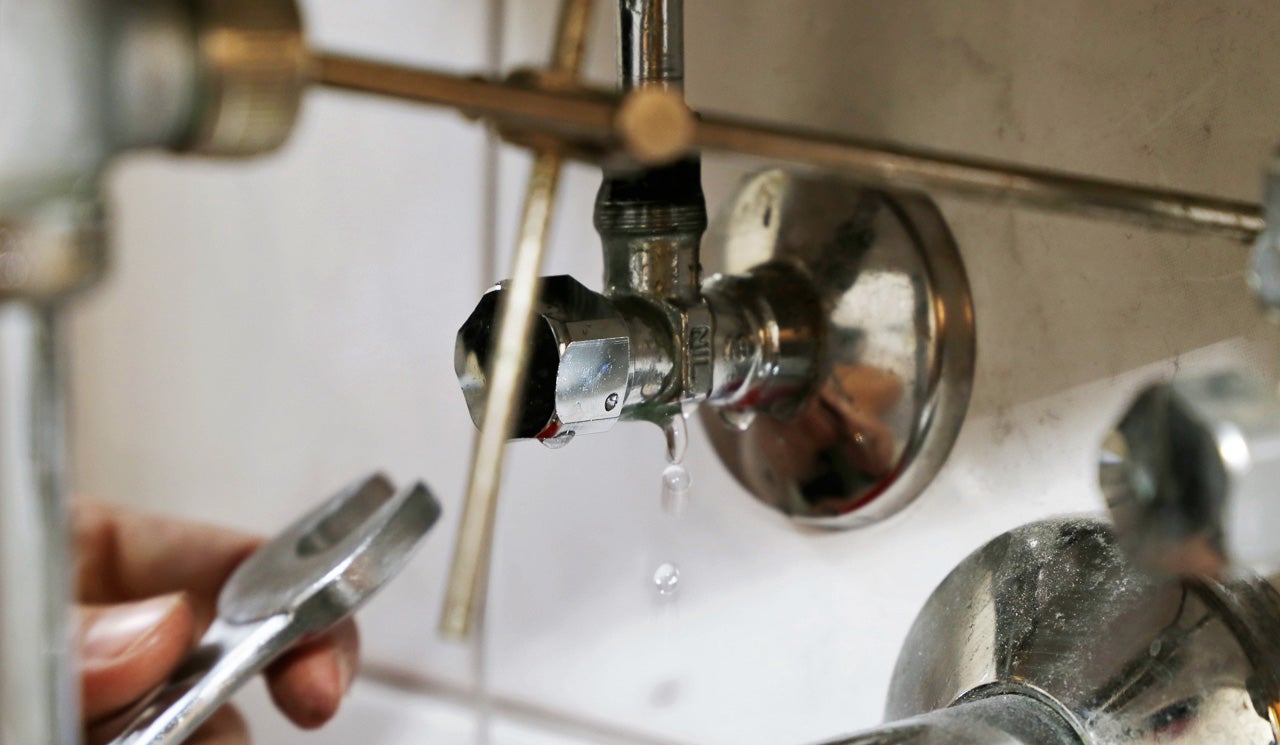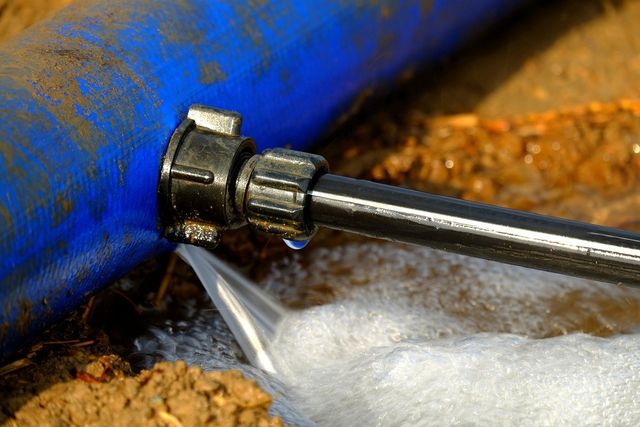Exactly how to Inspect If Your House Has a Concealed Leakage
Exactly how to Inspect If Your House Has a Concealed Leakage
Blog Article
We have stumbled upon the article relating to Finding hidden leaks directly below on the net and accepted it made perfect sense to discuss it with you on my blog.

Early discovery of dripping water lines can alleviate a prospective calamity. Besides conserving you cash, it will minimize the aggravation as well as irritation. The minute you locate a leak, calling your plumber for repair work is the best remedy. Some small water leaks might not be visible. If you can not find it with your naked eyes, here are some hacks that help.
1. Examine the Water Meter
Every house has a water meter. Inspecting it is a surefire manner in which helps you discover leakages. For beginners, shut off all the water sources. Ensure no one will purge, use the tap, shower, run the cleaning equipment or dishwashing machine. From there, go to the meter and watch if it will certainly transform. Because no person is utilizing it, there ought to be no activities. That indicates a fast-moving leak if it relocates. If you discover no modifications, wait a hr or two and inspect back once more. This implies you may have a sluggish leakage that could also be below ground.
2. Inspect Water Usage
If you detect sudden modifications, in spite of your consumption being the exact same, it implies that you have leakages in your plumbing system. An unexpected spike in your costs suggests a fast-moving leakage.
On the other hand, a steady increase every month, despite the very same habits, shows you have a sluggish leak that's likewise gradually rising. Call a plumber to completely inspect your residential property, especially if you feel a warm area on your flooring with piping underneath.
3. Do a Food Coloring Test
When it comes to water intake, 30% comes from bathrooms. If the shade somehow infiltrates your dish during that time without flushing, there's a leakage in between the tank and also dish.
4. Asses Exterior Lines
Don't forget to check your outdoor water lines too. Needs to water seep out of the connection, you have a loosened rubber gasket. One small leakage can lose tons of water and spike your water expense.
5. Examine as well as Evaluate the Situation
House owners need to make it a habit to inspect under the sink counters and also also inside closets for any bad odor or mold and mildew growth. These two warnings show a leakage so timely interest is required. Doing regular evaluations, also bi-annually, can conserve you from a major issue.
Examine for discolorations and deteriorating as many pipes as well as appliances have a life expectancy. If you suspect leaking water lines in your plumbing system, don't wait for it to intensify.
Early detection of leaking water lines can mitigate a potential disaster. Some tiny water leakages might not be visible. Inspecting it is a guaranteed way that helps you uncover leaks. One little leak can waste loads of water and also surge your water bill.
If you presume leaking water lines in your plumbing system, don't wait for it to escalate.
WARNING SIGNS OF WATER LEAKAGE BEHIND THE WALL
PERSISTENT MUSTY ODORS
As water slowly drips from a leaky pipe inside the wall, flooring and sheetrock stay damp and develop an odor similar to wet cardboard. It generates a musty smell that can help you find hidden leaks.
MOLD IN UNUSUAL AREAS
Mold usually grows in wet areas like kitchens, baths and laundry rooms. If you spot the stuff on walls or baseboards in other rooms of the house, it’s a good indicator of undetected water leaks.
STAINS THAT GROW
When mold thrives around a leaky pipe, it sometimes takes hold on the inside surface of the affected wall. A growing stain on otherwise clean sheetrock is often your sign of a hidden plumbing problem.
PEELING OR BUBBLING WALLPAPER / PAINT
This clue is easy to miss in rooms that don’t get much use. When you see wallpaper separating along seams or paint bubbling or flaking off the wall, blame sheetrock that stays wet because of an undetected leak.
BUCKLED CEILINGS AND STAINED FLOORS
If ceilings or floors in bathrooms, kitchens or laundry areas develop structural problems, don’t rule out constant damp inside the walls. Wet sheetrock can affect adjacent framing, flooring and ceilings.
https://www.servicemasterbyzaba.com/blog/how-to-detect-water-leakage-in-walls/

As a serious person who reads about Leaking water lines, I thought sharing that excerpt was worth the trouble. Sharing is good. You never know, you could be helping someone out. I praise you for your time. Please pay a visit to our website back soon.
Report this page